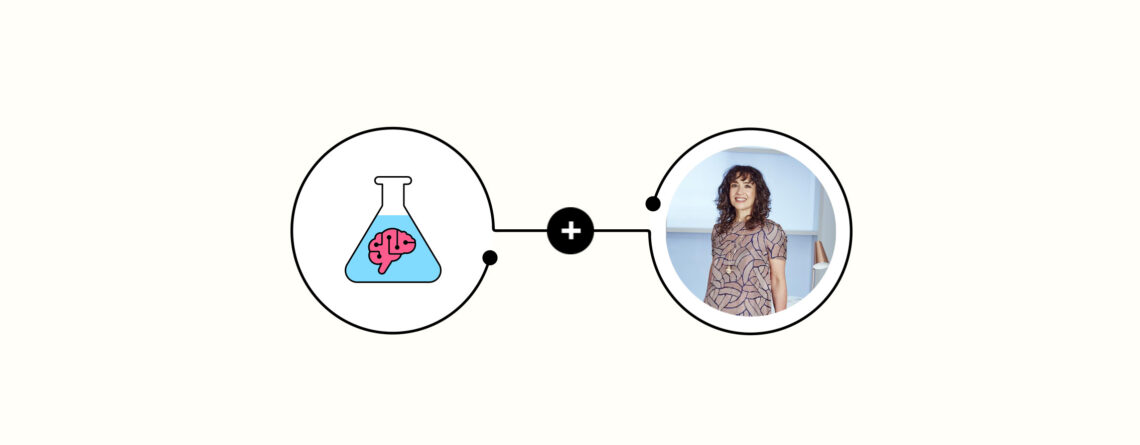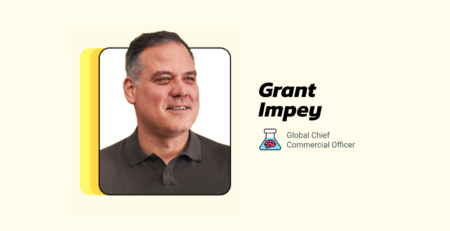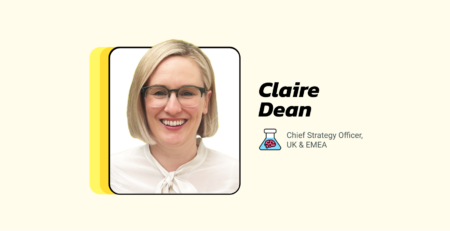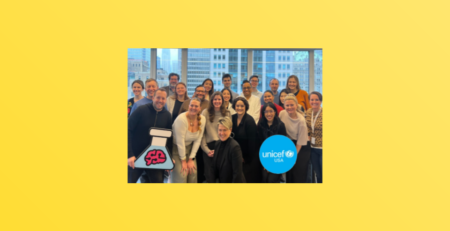Stop doing things
Do this. Stop that.
In a world where there are so many new things to do and to consider, it is absolutely crucial to transform what we do. In order to do new things, well people need to know what they should stop doing.
If you have ever encountered change programmes that don’t work that well, this is one of reasons why. It isn’t that people are necessarily averse to doing things differently. It isn’t that they reject the new ways. It is that they are given a whole new set of stuff to do, as well as the old stuff, and there are still only eight hours in the (official) working day. You may have gone on dozens of training programmes that are designed to teach you how to do things differently. Very few of them will spend time telling you what to stop doing.
The result of this, particularly for junior and mid level people, is that there is a continuing accumulation of stuff to do. All the stuff you used to do, plus all the new things that the new process demands of you.
So, however much you buy into the new ways of doing things, you can’t really work out how to have time to do it all. For example, when it comes to audience insight there are more and more data points to understand and to leverage. There is more to ingest and process to create advantage for an advertiser. How can you free up time for this? In a world of addition, it is necessary to subtract to make room for real change.
What legacy insight practices would you stop doing to be able to look at things in a new way? There is a danger that if you don’t do this, your business is stuck with rules from a previous era, when things were perhaps moving more slowly than they are today.
There’s a great example for us in the Alexander technique, a method of improving posture often recommended for people with chronic back problems.
Frederick Matthias Alexander was an aspiring actor, who frequently lost his voice. Medicines in the late nineteenth century offered little help outside of snake oil (and indeed the standard recommendation for laryngitis today is simply to take paracetamol and not talk). Alexander, the eldest of 10 children descended from convicts who had been shipped to Australia, was keen to find a way to improve his acting prospects, and ultimately invented a system of breathing and posture known as the Alexander Technique, which is still in popular use.
Wikipedia explains: “As described forty years later in the first chapter of his book The Use of the Self, advice from doctors and voice trainers did not have the necessary results, so he began a process of self-examination with mirrors into his speaking habits to see if he could determine the cause. With time, he found that by using ‘conscious control’ of actions, by inhibiting wrong movements rather than trying to ‘do’ correct ones, and by focusing on the ‘means whereby’ rather than ‘the end to be gained’, his vocal problems and longstanding respiratory problems disappeared.”
Here’s the interesting thing. Alexander did not solely focus on what to do. He equally and specifically instructed patients on what not to do as well.
For example, to stand well, and few people reach adulthood with good posture outside of dancers and athletes, consider your current natural stance. Most people need to stop leaning on their hip on one side, and instead start consciously balancing centrally and evenly between the front and back of their feet. The first time you try this it feels kind of weird. But if you persist it will give you a sense of dynamism and positivity beyond just your stance.
Eliminate unhelpful practices, and replace them with positive ones. This is what makes the difference.
Very little of this goes on in real life at work.
The world of advertising is awash with legacy practices that need replacing with better approaches to the current era.
Advertising strategies based on 25 years of best practices are interesting. Advertising strategies that are based on received wisdom plus insight from current audience behaviour are going to be more effective.
There are tasks that can be automated to release time, and doing this fast and effectively will create an edge. There are processes and hand-overs that can be cut to free up time to iterate and improve a minimal viable solution, rather than spend time waterfall planning for a fictional future which can’t be predicted.
To deliver high performance results, don’t just start doing better things, find some things to stop doing.




